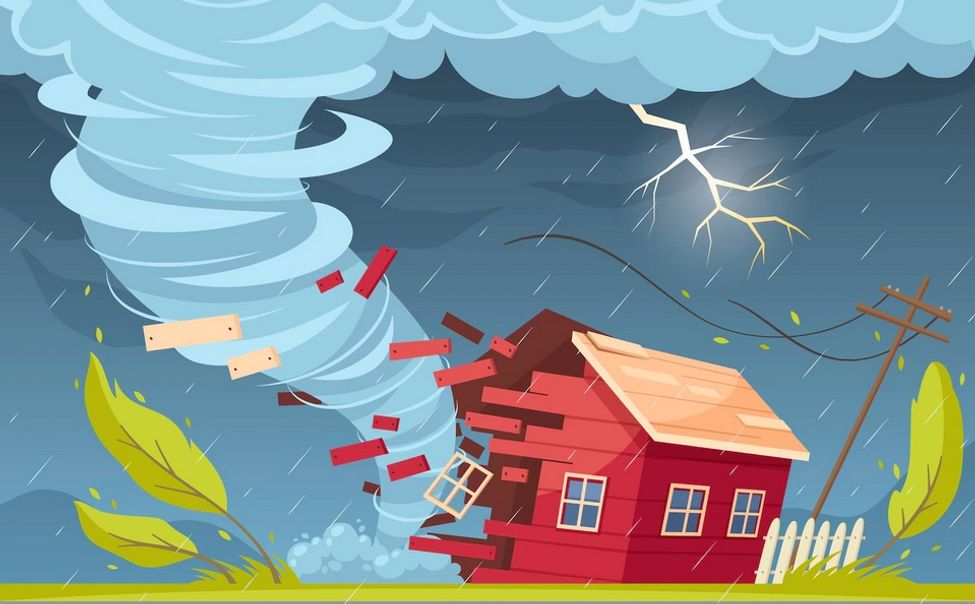
Tornadoes are among the most violent and unpredictable weather phenomena on Earth, posing a significant threat to life and property. Their destructive power stems from incredibly high wind speeds, often exceeding 200 miles per hour, which can shred buildings, uproot trees, and turn debris into deadly projectiles. The rapid and often erratic movement of these swirling columns of air further amplifies the danger, as they can change direction suddenly and unexpectedly, catching communities off guard. The formation of tornadoes within severe thunderstorms, particularly supercells, makes them a hazard across many regions, especially during peak seasons. While advancements in forecasting and early warning systems have improved our ability to predict and track these storms, the short lead times often associated with tornado development can still leave limited time for individuals to seek adequate shelter. This underscores the importance of preparedness, including having a designated safe room or understanding the safest areas within a building during a tornado warning. Beyond the immediate impact of the intense winds, tornadoes can also cause widespread damage through associated hazards. Powerful updrafts within the storm can lift and transport large objects for significant distances, leading to further destruction and potential injuries. Additionally, heavy rainfall, hail, and lightning often accompany tornado-producing thunderstorms, compounding the risks. The aftermath of a tornado can be devastating, leaving communities to grapple with destroyed homes, damaged infrastructure, and the emotional toll of experiencing such a terrifying force of nature. Understanding the dangers and taking proactive safety measures are crucial for mitigating the risks associated with these formidable weather events.